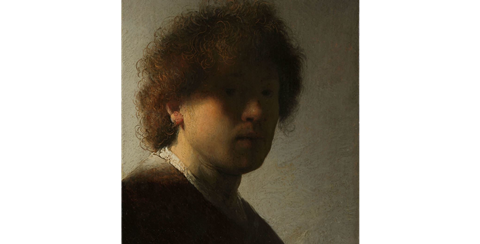Differences in lead white pigment in Dutch paintings are directly linked to historical conflicts.
Researchers from the Rijksmuseum, the Mauritshuis and Amsterdam universities analysed the lead isotope composition in 77 well-dated paintings by 27 different seventeenth-century artists. Their results show that the isotope composition of the lead white pigment in the paintings is time-dependent. The turning points coincide with major socio-economic events such as the English Civil War and Anglo-Dutch-French conflicts. They published their findings in Science Advances.
The researchers expect that their diagnostic method can help to attribute and authenticate Dutch paintings from the seventeenth century and provide insight into the artists’ travel movements and the production and trade of lead in this period. In addition, the resulting database can be used to gather information about artists’ working practices and travels.
First author Paolo D’Imporzano and colleagues identified time-dependent clusters based on the variation in lead isotope ratios. This lays a foundation for an international lead isotope database, which will help us better understand how lead white was used historically in Europe.













